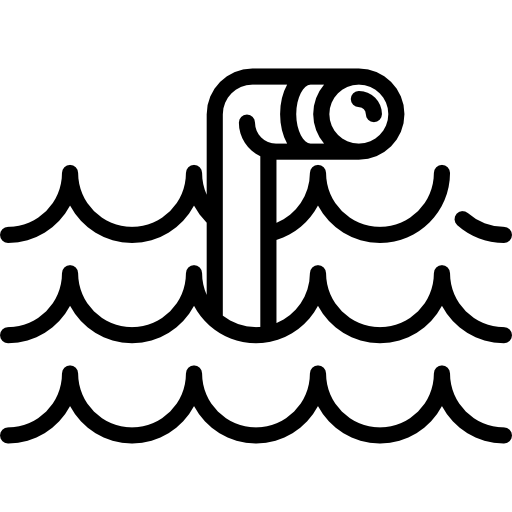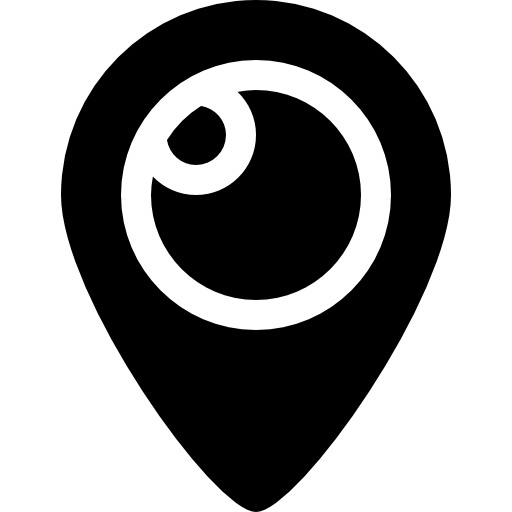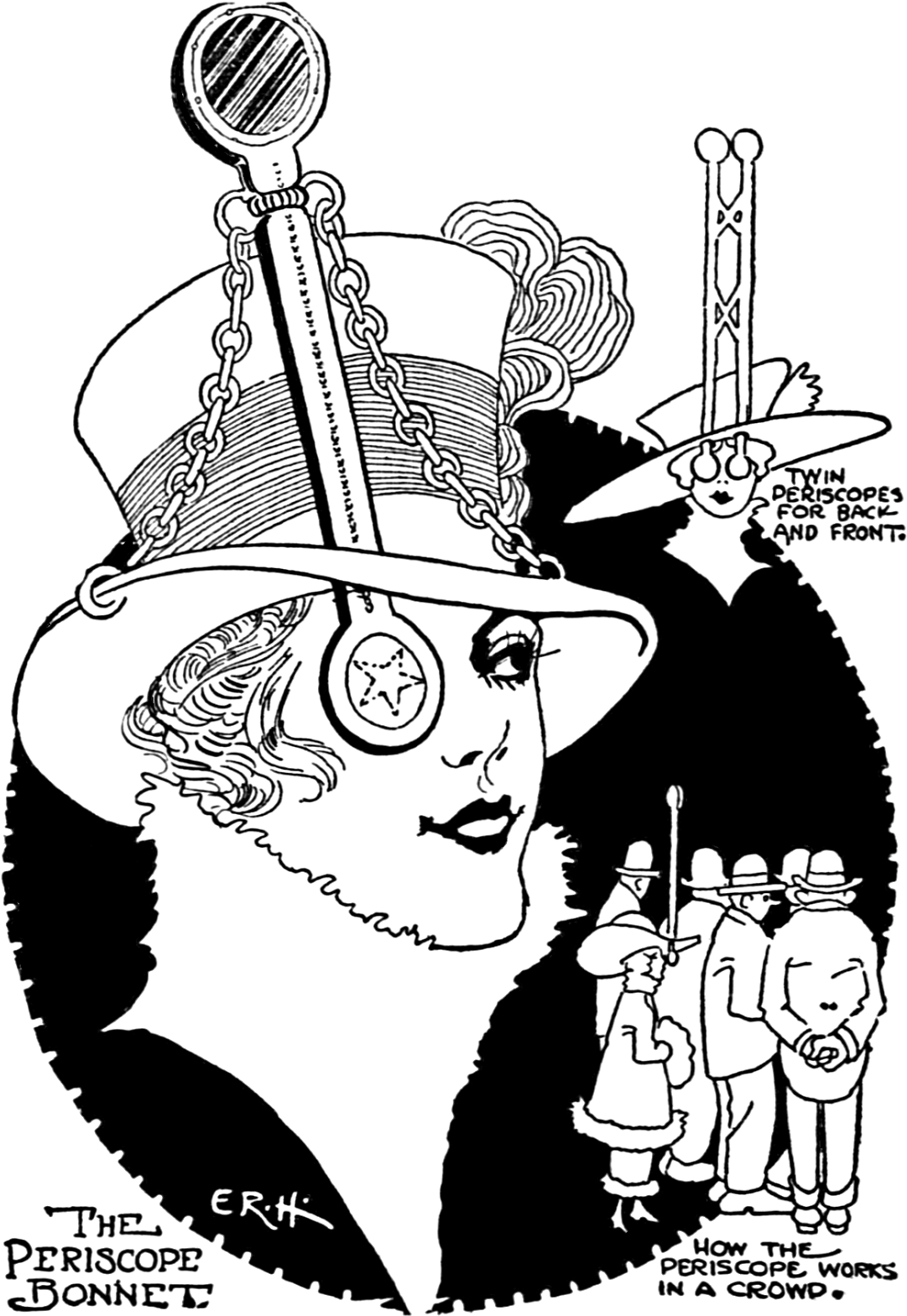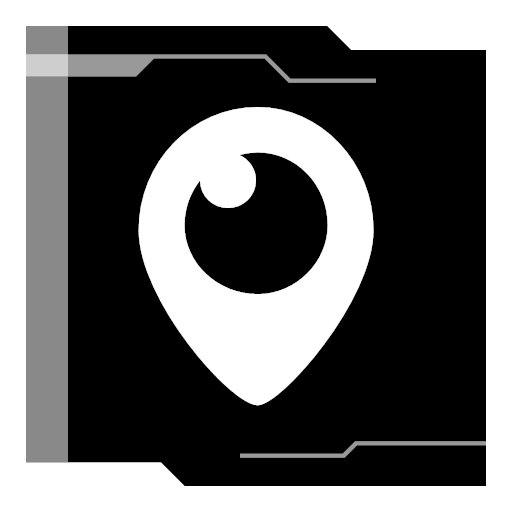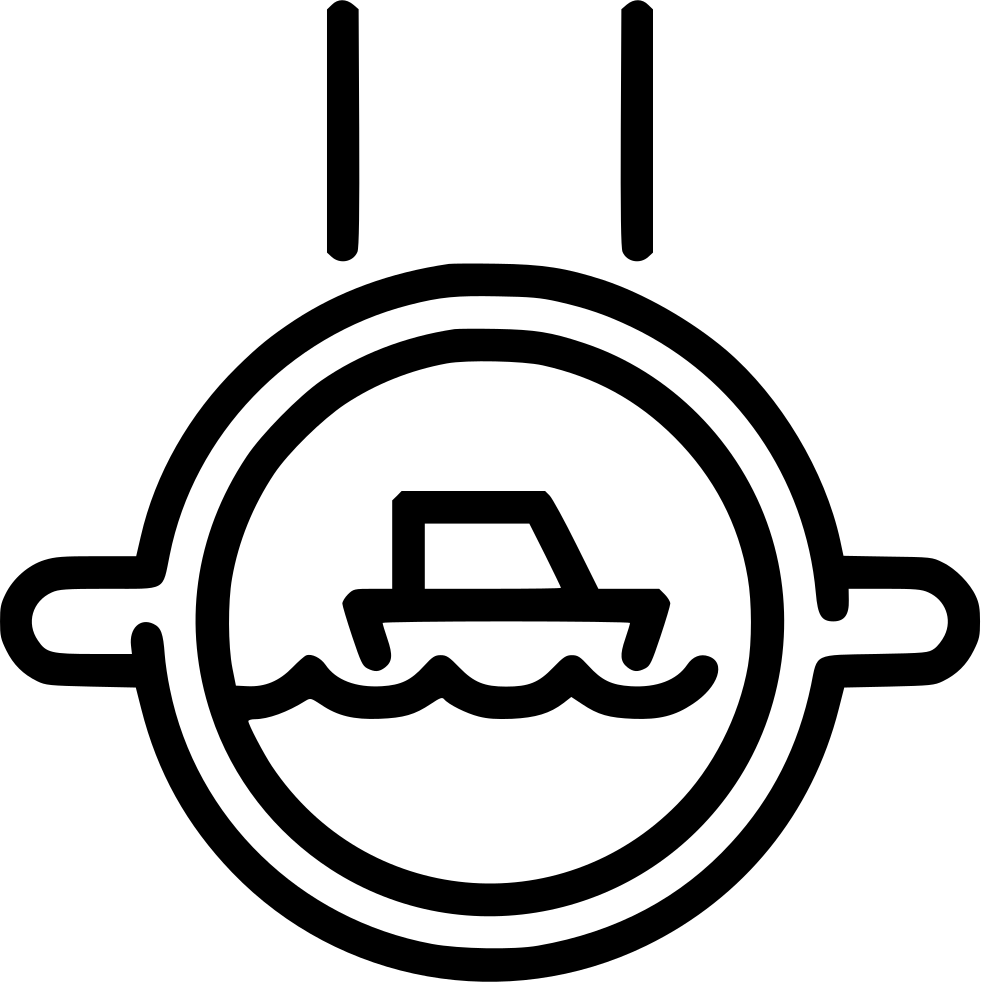Download top and best high-quality free Periscope PNG Transparent Images backgrounds available in various sizes. To view the full PNG size resolution click on any of the below image thumbnail.
License Info: Creative Commons 4.0 BY-NC
A periscope is a device that allows an observer to look over, around, or through an object, impediment, or circumstance that limits direct line-of-sight observation from their present location.
It comprises of an exterior box with mirrors at either end arranged parallel to each other at a 45° angle in its most basic version. With the addition of two basic lenses, this type of periscope was used for observation in the trenches during World War I. Periscopes are also used by military personnel in various gun turrets and armoured vehicles.
On submarines and in different sectors of study, more complicated periscopes that provide magnification and use prisms or modern fiber optics instead of mirrors are used. The basic submarine periscope has a fairly simple design: two telescopes directed towards each other. If the individual magnifications of the two telescopes differ, the difference between them results in an overall magnification or decrease.
In his work Selenographia, sive Lunae descriptio, Johannes Hevelius described an early periscope (which he termed a “polemoscope”) with lenses in 1647. Hevelius envisioned his idea as having military potential.
Hippolyte Marié-Davy created the first naval periscope in 1854, which consisted of a vertical tube with two tiny mirrors attached at 45 degrees at either end. In 1902, Simon Lake utilized periscopes in his submarines. During World War I, Sir Howard Grubb refined the gadget. Morgan Robertson (1861″1915) claimed to have sought to patent the periscope, and in his fictitious writings, he described a submarine with a periscope.
Periscopes, which were often attached to rifles, were used in World War I (1914″1918) to allow soldiers to look over the tops of trenches and escape enemy fire (especially from snipers). The periscope rifle, an infantry rifle sighted via a periscope so the shooter could aim and fire the weapon from a safe position below the trench parapet, was also used throughout the conflict.
Artillery observers and officers utilized specially constructed periscope binoculars with various mountings during World War II (1939″1945). Because they were built as stereoscopic rangefinders, some of them could also estimate the distance to a target.
Periscopes are used in tanks and armored vehicles to allow drivers, tank commanders, and other vehicle passengers to examine their surroundings through the vehicle’s roof. Prior to periscopes, people could look out through direct viewing slots in the armour. Periscopes allow occupants to see outside of the vehicle without having to cut weaker visibility apertures in the front and side armour, ensuring that the vehicle and its occupants are more protected.
A protectoscope is a periscopic vision device comparable to a direct vision slit that provides a window in an armoured plate. The visual slit may be blanked off with spaced armoured plate thanks to a tiny periscope inside the protectoscope. With just a tiny variation in visibility height, this removes a possible entrance site for small weapons fire, although it still necessitates cutting the armour.
A periscopic vision equipment is also known as an episcope in the context of armoured warfare vehicles like tanks. In this sense, a periscope is a device that can rotate (or is fastened into an assembly that can) to offer a larger field of vision, whereas an episcope is fixed in place.
Periscopes are sometimes known by slang terms, such as “shufti-scope.”
Download Periscope PNG images transparent gallery
- Periscope Science PNG Clipart
Resolution: 512 × 512
Size: 26 KB
Image Format: .png
Download
- Periscope Science PNG Picture
Resolution: 512 × 512
Size: 42 KB
Image Format: .png
Download
- Periscope Science PNG HD Image
Resolution: 512 × 512
Size: 14 KB
Image Format: .png
Download
- Periscope
Resolution: 512 × 512
Size: 14 KB
Image Format: .png
Download
- Periscope PNG
Resolution: 512 × 512
Size: 21 KB
Image Format: .png
Download
- Periscope PNG Pic
Resolution: 1500 × 1100
Size: 38 KB
Image Format: .png
Download
- Periscope PNG File
Resolution: 512 × 512
Size: 12 KB
Image Format: .png
Download
- Periscope PNG Image
Resolution: 512 × 512
Size: 16 KB
Image Format: .png
Download
- Periscope PNG Photo
Resolution: 512 × 512
Size: 35 KB
Image Format: .png
Download
- Periscope PNG Cutout
Resolution: 661 × 451
Size: 10 KB
Image Format: .png
Download
- Periscope PNG Images
Resolution: 512 × 512
Size: 15 KB
Image Format: .png
Download
- Periscope PNG Photos
Resolution: 512 × 512
Size: 11 KB
Image Format: .png
Download
- Periscope Transparent
Resolution: 512 × 512
Size: 46 KB
Image Format: .png
Download
- Periscope PNG Clipart
Resolution: 512 × 512
Size: 8 KB
Image Format: .png
Download
- Periscope PNG Picture
Resolution: 512 × 512
Size: 17 KB
Image Format: .png
Download
- Periscope PNG HD Image
Resolution: 512 × 512
Size: 9 KB
Image Format: .png
Download
- Periscope PNG Image HD
Resolution: 1792 × 2048
Size: 60 KB
Image Format: .png
Download
- Periscope No Background
Resolution: 500 × 500
Size: 21 KB
Image Format: .png
Download
- Periscope PNG Images HD
Resolution: 512 × 512
Size: 14 KB
Image Format: .png
Download
- Periscope PNG Free Image
Resolution: 512 × 512
Size: 37 KB
Image Format: .png
Download
- Periscope PNG Image File
Resolution: 512 × 512
Size: 16 KB
Image Format: .png
Download
- Periscope Science
Resolution: 844 × 700
Size: 269 KB
Image Format: .png
Download
- Periscope Science Transparent
Resolution: 1081 × 1568
Size: 548 KB
Image Format: .png
Download
- Periscope Science PNG Image HD
Resolution: 850 × 624
Size: 83 KB
Image Format: .png
Download
- Periscope Science No Background
Resolution: 512 × 512
Size: 10 KB
Image Format: .png
Download
- Periscope Science PNG Images HD
Resolution: 512 × 512
Size: 14 KB
Image Format: .png
Download
- Periscope Science PNG
Resolution: 1601 × 1345
Size: 31 KB
Image Format: .png
Download
- Periscope Science PNG Pic
Resolution: 618 × 618
Size: 57 KB
Image Format: .png
Download
- Periscope Science PNG File
Resolution: 981 × 982
Size: 43 KB
Image Format: .png
Download
- Periscope Science PNG Image
Resolution: 1335 × 1335
Size: 24 KB
Image Format: .png
Download
- Periscope Science PNG Photo
Resolution: 1047 × 700
Size: 187 KB
Image Format: .png
Download
- Periscope Science PNG Cutout
Resolution: 512 × 512
Size: 35 KB
Image Format: .png
Download
- Periscope Science PNG Images
Resolution: 1335 × 1335
Size: 26 KB
Image Format: .png
Download
- Periscope Science PNG Photos
Resolution: 2400 × 2400
Size: 151 KB
Image Format: .png
Download


